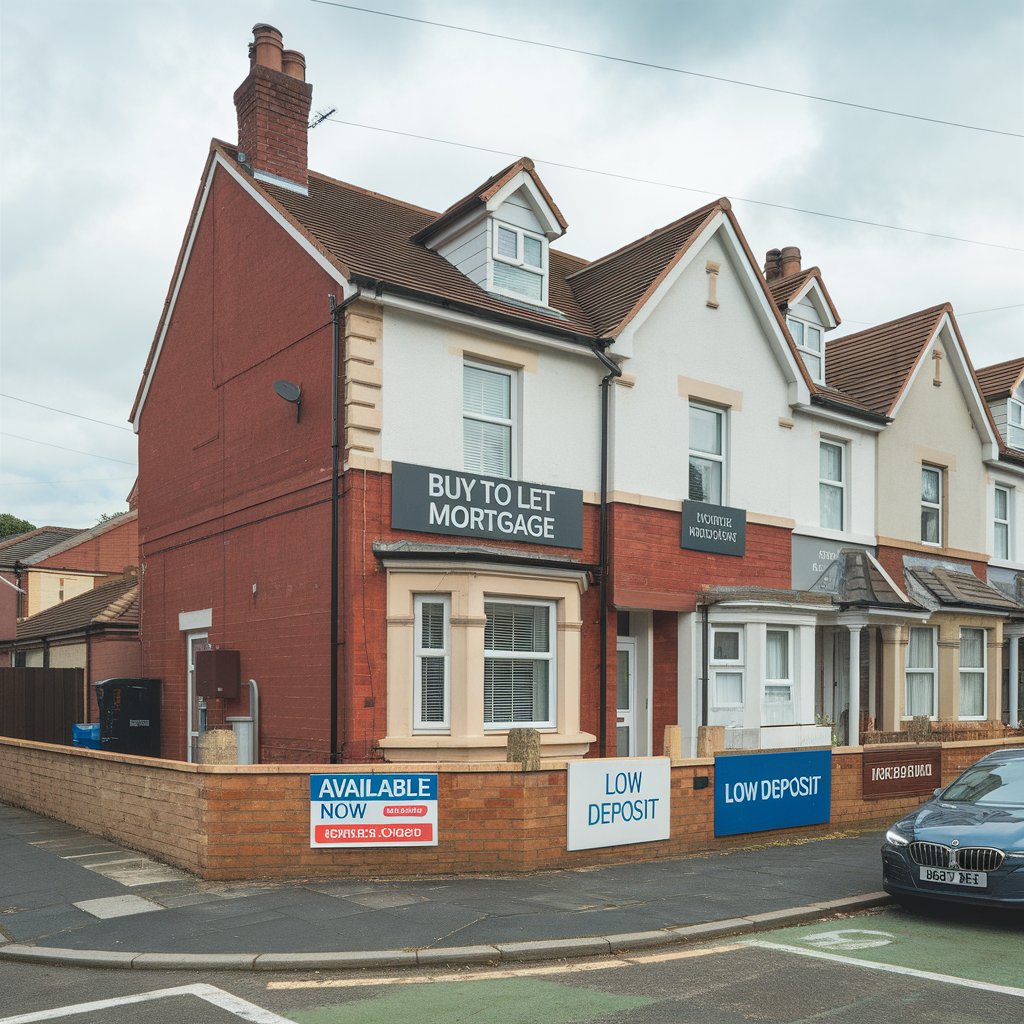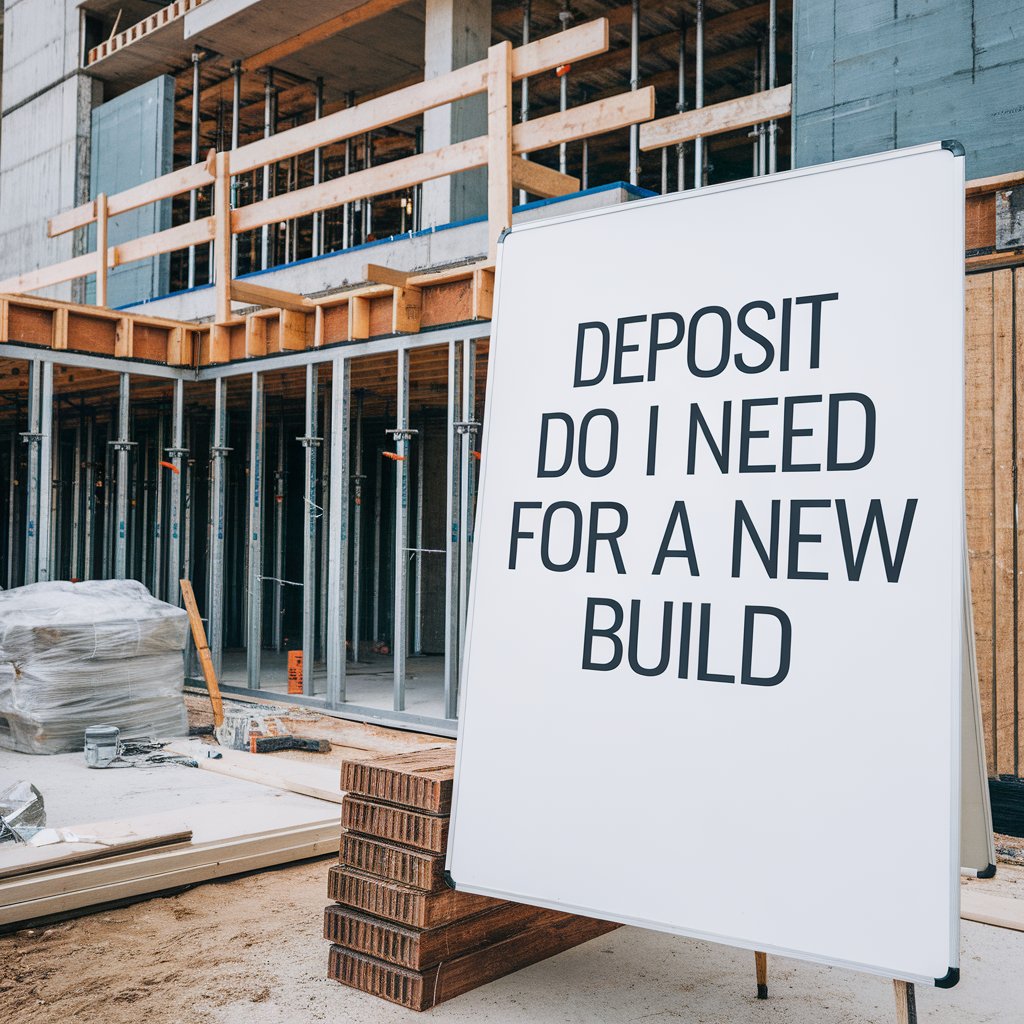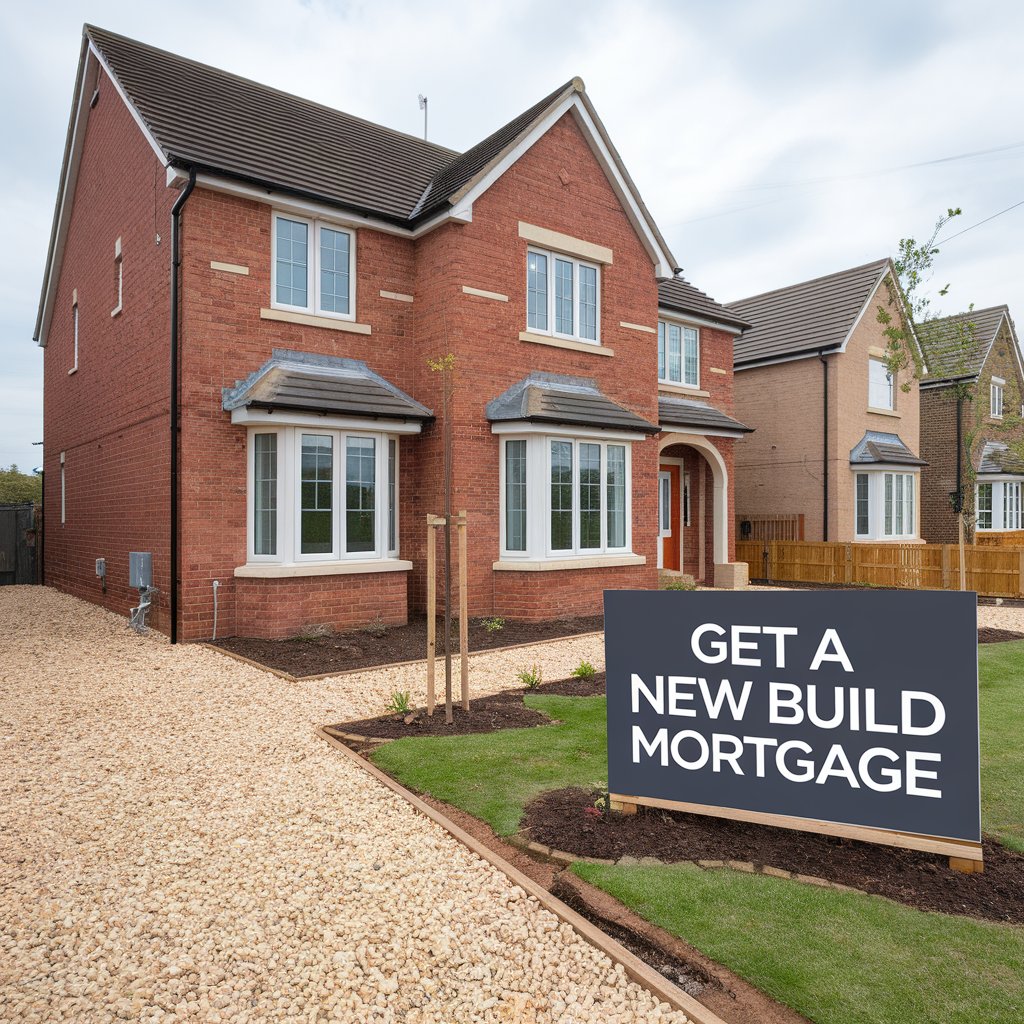A fixed-rate mortgage locks in an interest rate for a specific period, offering consistent monthly repayments and financial predictability compared to variable rate mortgages, which have fluctuating interest rates based on market conditions.
This makes fixed-rate mortgages appealing to those seeking long-term security without the risk of rising payments. Understanding the differences between these mortgage types helps you make an informed choice that aligns with your personal financial circumstances and guides you toward more effective financial planning.
What Is a Fixed Rate Mortgage?
A fixed rate mortgage offers the stability of consistent monthly repayments by locking in an interest rate for a set period of the loan term.
This contrasts sharply with a variable rate mortgage, where rates may fluctuate with market conditions, potentially resulting in increased costs over time.
Opting for a fixed mortgage can provide financial predictability and ease in budgeting, making it an appealing choice for homeowners seeking long-term security in an unpredictable economic environment.
How Does a Fixed Rate Mortgage Work?
How does a fixed-rate mortgage simplify the complex landscape of home financing?
A fixed rate mortgage offers borrowers stability and predictability in their financial planning. Unlike variable rate mortgages, where interest rates can fluctuate with Bank of England base rate changes, a fixed-rate loan guarantees that the interest rate remains constant throughout the agreed fixed period.
This means monthly repayments stay consistent, protecting borrowers from potential interest rate increases that could significantly impact their budget. The security of a fixed interest rate allows homeowners to plan long-term finances without worrying about rising costs.
Additionally, fixed mortgages often appeal to those who prefer straightforward, manageable repayment schedules, making them popular choices for financial stability.
Difference Between Fixed Rate and Variable Rate Mortgages
Understanding the distinctions between fixed-rate and variable rate mortgages is key to selecting the right type of home financing for your individual needs and circumstances.
A fixed-rate mortgage means the interest rate remains constant throughout the fixed term, ensuring predictable monthly repayments until the fixed period ends. This stability is particularly appealing when interest rates are rising, safeguarding against increased payment amounts.
Conversely, a variable rate mortgage features an interest rate that can change, typically following the Bank of England base rate or lender’s Standard Variable Rate (SVR). While initially offering potentially lower rates, these can increase over time, posing a risk during variable rate periods.
This flexibility might suit those anticipating a short-term stay in their property or expecting future income growth.
Key Difference: Fixed rates provide payment certainty, while variable rates offer potential savings if interest rates fall but carry the risk of increased costs if rates rise.
Why Choose a Fixed Mortgage?
When considering the various mortgage options available, many homeowners opt for a fixed mortgage due to its stability and predictability.
A fixed mortgage guarantees that the interest rate stays the same throughout the fixed term, ensuring that monthly repayments remain unchanged. This fixed-rate deal is particularly appealing because your rate won’t change regardless of fluctuations in the broader market.
Homeowners who prioritise budgeting certainty and longer-term stability often favour fixed-rate loans. The fixed period, typically ranging from 2 to 10 years, provides substantial time without worrying about increasing payments.
This makes a fixed mortgage an excellent choice for those seeking a dependable, straightforward financing solution, especially first-time buyers or those on tight budgets who need payment predictability.

How Does the Fixed Rate Mortgage Term Affect You?
A fixed-rate mortgage’s term length considerably influences homeowners’ financial planning and stability.
Comparing shorter terms, such as a 2-year fixed mortgage, with longer terms, like a 5-year fixed option, reveals distinct differences in interest rate risk and monthly payment predictability.
Additionally, understanding the implications of what happens when your mortgage term ends is essential for homeowners to prepare for potential rate adjustments or remortgaging needs.
What Happens When the Fixed Rate Ends?
When your fixed rate period concludes, your mortgage typically reverts to the lender’s Standard Variable Rate (SVR), which often results in higher interest rates than your introductory fixed rate.
This variable rate fluctuates with market conditions and lender policies, potentially increasing your monthly repayments significantly. Homeowners should anticipate this change as the fixed rate period approaches its end, evaluating their financial stability against possible rate increases.
To avoid financial strain, exploring a new mortgage deal is prudent. Switching to a new fixed or variable rate mortgage can offer more predictable costs, protecting you from the unpredictability of your lender’s SVR.
Careful consideration and timely action can mitigate the impact of moving from a fixed rate to a variable rate, ensuring you maintain control over your housing costs.
Important: Most lenders allow you to arrange a new deal up to 6 months before your current fixed rate ends, giving you time to secure favourable terms.
Exploring 2 Year Fixed vs 5 Year Fixed Options
Selecting between a 2-year fixed mortgage and a 5-year fixed mortgage significantly impacts your financial planning and stability as a homeowner.
A 2-year fixed rate mortgage often offers lower interest rates, appealing for those seeking short-term savings and flexibility. However, the shorter duration means you’ll be exposed to fluctuating mortgage interest rates sooner, potentially increasing costs if rates rise when you need to remortgage.
Conversely, a 5-year fixed mortgage provides a longer fixed term, offering greater predictability and protection against rate increases over an extended period. This stability can help with long-term budgeting and financial security, particularly valuable in uncertain economic times.
The choice between these fixed rate mortgage options should align with your individual financial situation, future plans, and tolerance for interest rate risk. Consider factors like job security, family planning, and your likelihood of moving house within the fixed period.
Is a Long-Term Fixed Rate Mortgage Right for You?
Considering a long-term fixed rate mortgage is essential, especially for those aiming to mitigate financial uncertainties that fluctuating interest rates can introduce over extended periods.
Understanding how a fixed-rate mortgage works is important for making this decision. This type of mortgage locks in a rate, ensuring a fixed monthly repayment throughout the agreed term, which can span several years. The predictability of these repayments shields borrowers from potential interest rate increases that could significantly inflate costs over time.
However, longer fixed terms might mean missing out on potential rate decreases, and you may face early repayment charges if you need to switch before the term ends. Analysing current market trends and your personal financial stability is crucial before deciding if a long-term fixed-rate mortgage aligns with your financial goals.
Consider your likelihood of moving, changing jobs, or experiencing major life changes during the fixed period when making this important decision.
Advantages and Disadvantages of a Fixed-Rate Mortgage
A fixed-rate mortgage offers the significant benefit of predictable monthly repayments, which can provide financial stability and ease in budgeting for household expenses.
However, you must consider that these loans typically come with higher interest rates compared to variable rate mortgages initially, potentially increasing the overall cost of borrowing.
Prospective homeowners should carefully evaluate their long-term financial goals and current market conditions to determine if a fixed rate mortgage aligns with their homeownership strategy.
Benefits of a Fixed Interest Rate
While fixed-rate mortgages offer clear stability, understanding their advantages is vital for homebuyers making this important financial decision.
A fixed mortgage means the interest rate you pay remains constant throughout the term of your fixed period. This predictability ensures that your monthly mortgage repayments remain unchanged, protecting you from fluctuations in the financial market. Consequently, budgeting becomes more manageable as your housing costs stay consistent.
In environments where interest rates are climbing, securing a fixed mortgage can result in paying a lower rate compared to variable rate mortgages over time. This protection is particularly valuable for households on tight budgets or those who prefer certainty in their financial planning.
Peace of Mind: Fixed rates eliminate the anxiety of wondering whether your mortgage payments will increase, allowing you to plan other financial commitments with confidence.
Potential Drawbacks of Fixed-Rate Mortgages
One significant drawback of fixed-rate mortgages is their typically higher interest rates compared to variable rate mortgages at the outset.
Homebuyers who opt for a fixed rate period might pay more in interest initially than those who choose a variable rate mortgage. This higher expense can be particularly impactful when lower rates are available on new deals, making a fixed-rate mortgage less economically attractive in the short term.
Additionally, if interest rates decrease significantly during your fixed period, you can’t benefit from these lower rates unless you remortgage your current deal, potentially incurring costs such as early repayment penalties and arrangement fees.
Prospective buyers should use a mortgage calculator to carefully compare the long-term costs of fixed versus variable rates before making their decision.
How to Decide if a Fixed Rate Mortgage is the Best Choice for You
Deciding whether a fixed-rate mortgage is the best choice depends largely on evaluating the stability it offers against its cost and your personal circumstances.
When examining mortgage options, the pros and cons of fixed-rate versus variable rate mortgages must be weighed carefully. Here are key factors to consider:
- Payment Stability: Fixed mortgages offer unchanged monthly repayments for the agreed period, helping with budget planning and financial stability.
- Interest Rate Protection: With a fixed mortgage, your rate remains constant, protecting against future rate increases that could strain your finances.
- Early Repayment Considerations: Switching deals early can incur charges, potentially making short-term ownership or unexpected moves more costly.
- Market Timing: Consider current interest rate trends and economic forecasts when choosing your fixed period length.
These elements are essential in helping you decide if a fixed rate mortgage aligns with your financial goals and homeownership plans.
How to Get a Fixed Rate Mortgage
Securing a fixed-rate mortgage begins with a thorough understanding of the mortgage application process, which determines the documentation and qualifications required from borrowers.
Factors such as credit score, employment history, and current debt levels play critical roles in determining the interest rate offered by lenders. When considering a mortgage with existing debt, these factors become even more crucial, as lenders will evaluate your overall financial situation to assess lending risk.
Prospective homeowners should strategically gather financial records and explore various lenders to ensure they secure the most advantageous fixed mortgage rate available to them.
Understanding the Mortgage Application Process
Understanding the mortgage application process to secure a fixed-rate mortgage is crucial, as it requires careful preparation and attention to detail throughout.
When applying for this type of mortgage loan, consider the following key steps:
- Choose the Right Mortgage Deal: Opt for a fixed mortgage to lock in your interest rate, ensuring consistent repayments through the initial period even if market rates change.
- Determine Loan Amount: Calculate how much you need to borrow and can realistically afford, considering both the deposit required and ongoing monthly commitments.
- Prepare Documentation: Gather all necessary documents, such as proof of income, credit history, bank statements, and asset details, to support your mortgage application.
These steps will help streamline the process, especially if you’re considering moving house during your fixed rate period.

Factors Affecting Your Interest Rate
Several factors can significantly influence the interest rate offered on a fixed-rate mortgage, making it essential for prospective homeowners to understand the broader financial landscape.
The lender’s Standard Variable Rate (SVR) often serves as a benchmark, though fixed rates are usually offered at more competitive levels. Market dynamics, such as the Bank of England base rate, also play a critical role in determining available rates. If you’re looking to reduce your interest payments over time, you might consider overpaying your mortgage to reduce the overall term and interest costs.
Your personal financial profile significantly impacts the rates available to you. Factors include:
- Credit Score: Higher scores typically qualify for better rates
- Deposit Size: Larger deposits often secure more favourable terms
- Employment Status: Stable employment history improves your application
- Debt-to-Income Ratio: Lower ratios demonstrate better affordability
Understanding these variables helps you prepare effectively and potentially secure a more manageable and predictable repayment plan.
Tips for Securing the Best Fixed Rate Deal
Navigating the complex terrain of mortgage deals requires a strategic approach to lock in the best fixed rate available to you. A fixed mortgage typically promises consistent repayments over an agreed period, protecting borrowers from fluctuations tied to the Bank of England base rate.
To secure the most competitive fixed rate:
- Improve Your Credit Score: Higher scores often qualify for significantly better rates, so address any credit issues before applying.
- Shop Around Extensively: Compare rates from multiple lenders, including high street banks, building societies, and specialist lenders to find the most competitive offer.
- Consider Market Timing: Monitor economic indicators that influence interest rates, though avoid delaying unnecessarily as rates can change quickly.
- Use a Mortgage Broker: Professional brokers often have access to exclusive deals and can navigate the application process more effectively.
Understanding the advantages and disadvantages of a fixed rate mortgage can significantly impact how effectively you can secure a favourable deal that meets your long-term financial needs.
What Happens When Your Fixed Rate Mortgage Ends?
As the term of a fixed-rate mortgage concludes, homeowners typically face a transition to their lender’s Standard Variable Rate (SVR), which can lead to potentially higher monthly repayments.
Borrowers must evaluate their options, whether remortgaging or switching to a more favourable deal to maintain financial stability and potentially reduce costs.
Preparing for the end of the fixed rate period allows homeowners to explore these alternatives thoroughly and make well-informed decisions that align with their long-term financial goals.
Transitioning to a Lender’s Standard Variable Rate
When a fixed-rate mortgage term concludes, homeowners often automatically shift to their lender’s Standard Variable Rate (SVR), which can considerably alter monthly repayments. This change can be significant for those who initially chose a fixed rate to predictably manage their home loan costs.
Here are three critical points to consider:
- Variable Interest Rates: The SVR varies depending on the lender’s pricing decisions and market conditions, potentially increasing the cost of your mortgage significantly.
- Payment Fluctuation: As interest rates change, so do monthly repayments, affecting household budgeting and financial planning.
- Mortgage Review Necessity: It’s crucial to review your mortgage arrangements well before reaching the end of your fixed term to prepare for possible rate changes and explore alternatives.
Understanding these shifts can help homeowners make informed decisions about their future financial commitments and avoid unexpected payment increases.
Options for Remortgaging or Switching Mortgage Deals
Many homeowners face a critical decision upon the end of their fixed-rate mortgage period: whether to remortgage with their existing lender or switch to a different provider entirely.
When a fixed mortgage term, typically a 2-year or 5-year fixed period, concludes, moving onto the lender’s Standard Variable Rate often results in higher interest costs and unpredictable monthly repayments.
Exploring options for remortgaging or switching mortgage deals can provide significant financial benefits. Consulting with a mortgage adviser can clarify how much you could borrow and the potential terms of a new mortgage deal, helping you understand the full range of options available.
Options vary depending on your individual financial situation, but seeking professional mortgage advice ensures personalised guidance tailored to maximise your benefits while minimising costs and securing the most suitable deal for your circumstances.
Getting Ready for the End of Your Fixed-Rate Mortgage Term
Understanding what occurs once your fixed rate mortgage period concludes is essential for any homeowner looking to manage their finances effectively and avoid unnecessary costs.
When the term of a fixed rate mortgage ends, the loan typically reverts to the lender’s Standard Variable Rate (SVR). This change means that the interest rate, and consequently your monthly repayments, can fluctuate, often resulting in higher costs than your previous fixed rate.
To prepare effectively, consider the following:
- Review Your Financial Situation: Assess your current financial health, income stability, and future goals to determine the best mortgage strategy.
- Explore Remortgaging Options: Investigate whether remortgaging to another fixed rate or different mortgage type offers better value and suits your needs.
- Seek Professional Guidance: Consult mortgage advisers or brokers to evaluate the advantages and disadvantages of different mortgage options early in the transition process.
- Start Early: Begin exploring your options 3-6 months before your fixed rate ends to ensure you have time to secure the best available deal.
Conclusion
In summary, a fixed-rate mortgage offers stability and predictability, making it a preferred choice for those seeking long-term financial planning security. It contrasts with variable rate mortgages, which offer potentially lower initial rates but pose risks due to rate fluctuations over time.
Careful consideration of your financial future, risk tolerance, and personal circumstances is essential when choosing between mortgage types. The decision should align with your budget, future plans, and comfort level with potential payment changes.
Ultimately, securing a fixed-rate mortgage can be a prudent choice for many homeowners, ensuring consistent repayments throughout the agreed term and providing the financial certainty needed for effective household budgeting and long-term planning.
Ready to Explore Fixed Rate Mortgages? Contact our expert mortgage advisers for personalised guidance on finding the right fixed rate deal for your circumstances and financial goals.




